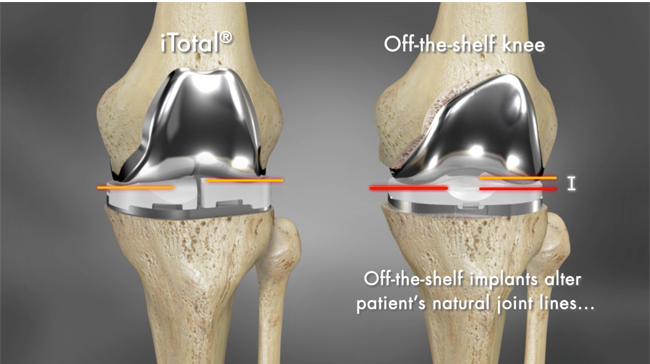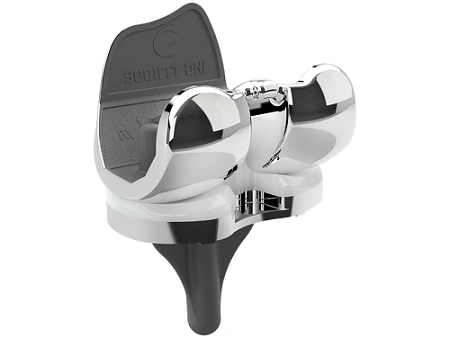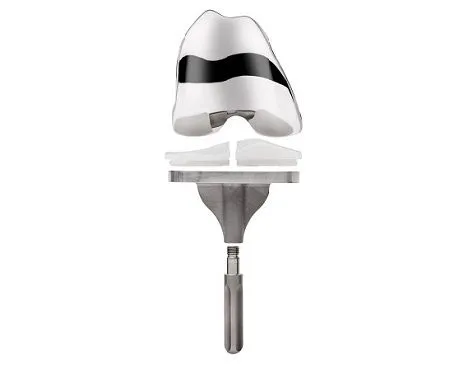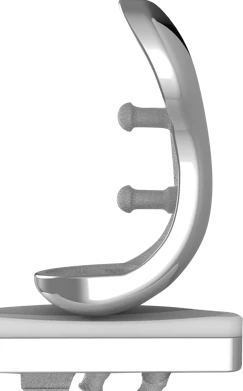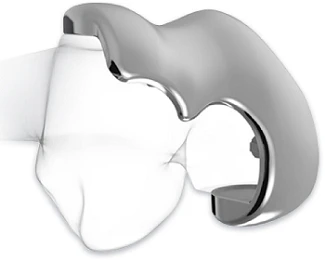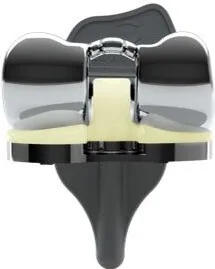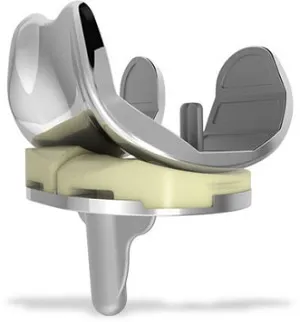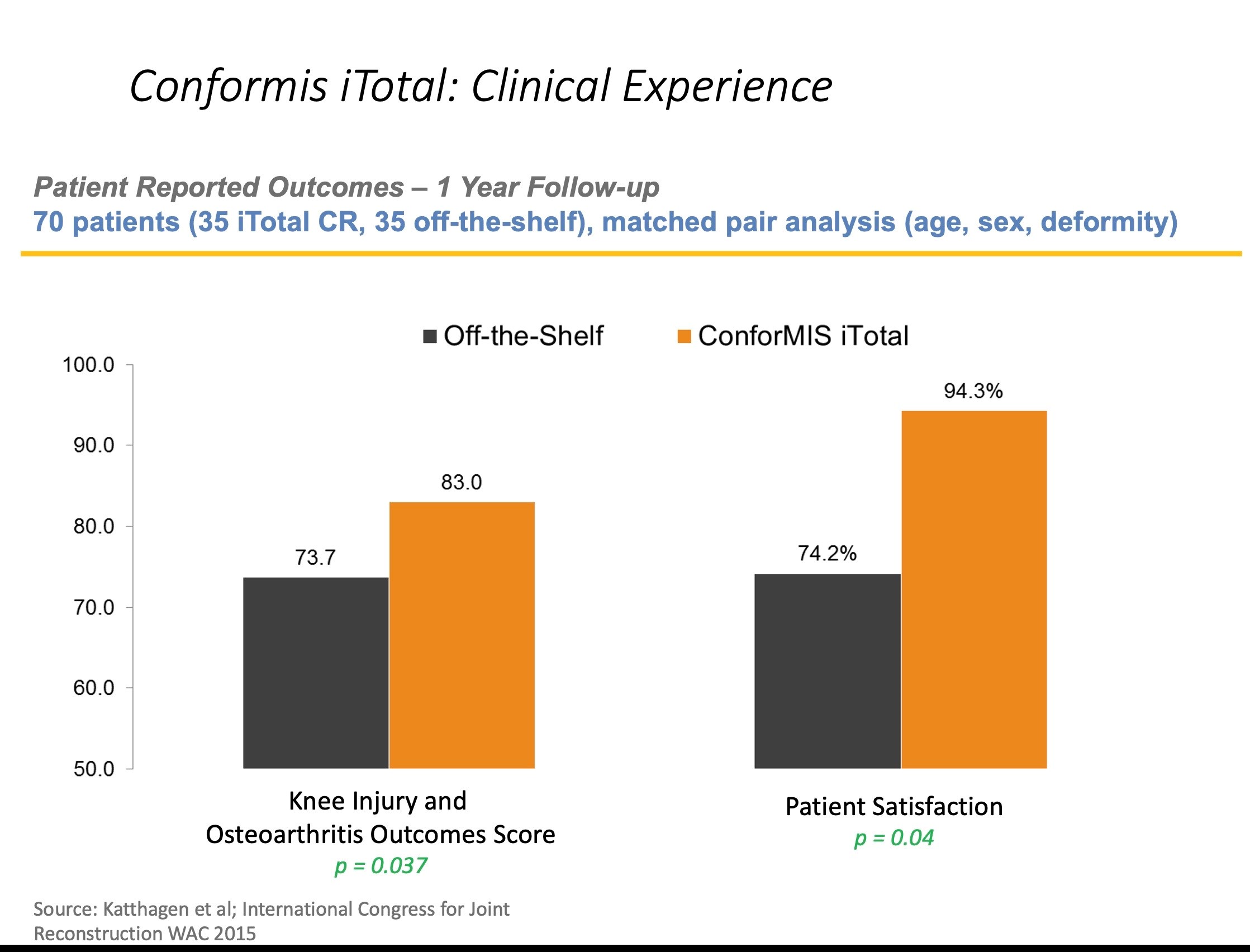Conformis Custom Knee Replacement
Conformis iTotal is a bespoke knee replacement designed to maximise function, satisfaction and outcome.
Whilst most modern “off the shelf” knee replacements have very good results, some patients may not be satisfied with their knee.
Problems can arise due to minor inaccuracies in alignment, resulting in residual pain from incorrect rotation, subtle instability or soft tissue impingement.
Conformis iTotal is a bespoke knee replacement designed to maximise function, satisfaction and outcome.
Whilst most modern “off the shelf” knee replacements have very good results, some patients may not be satisfied with their knee.
Problems can arise due to minor inaccuracies in alignment, resulting in residual pain from incorrect rotation, subtle instability or soft tissue impingement.
Standard “off the shelf” knee replacements require a patients’ bone to be cut to fit the prosthetic implants. The “off the shelf” implants are chosen during the operation, from a number of standard mass manufactured sizes. Surgeons aim to match the chosen implant size to the patients’ bone as closely as possible but it is common for a patients’ bones to be between two sizes, and so a compromise is made meaning the knee replacement implants may be slightly too big or too small for the patient’s bones. A mismatch of even a few millimetres can lead to under-coverage or overhanging which can lead to pain.
Conformis is designed to address these leading causes of patient dissatisfaction by customising the fit of the knee implants exactly matching the patient’s bones. It does this by generating a 3-dimensional printed model of every patients own knee taken from a CT scan. The CT data is sent to Conformis and this model is used to manufacture the custom knee implants to fit the patients anatomy perfectly. This allows the operation to be planned in advance, and custom anatomical cutting blocks (which are used to accurately remove the correct geometrical amount of bone) are also 3D printed and delivered with the custom implants. The alignment is pre-determined and there are fewer intra-operative decisions to make.


